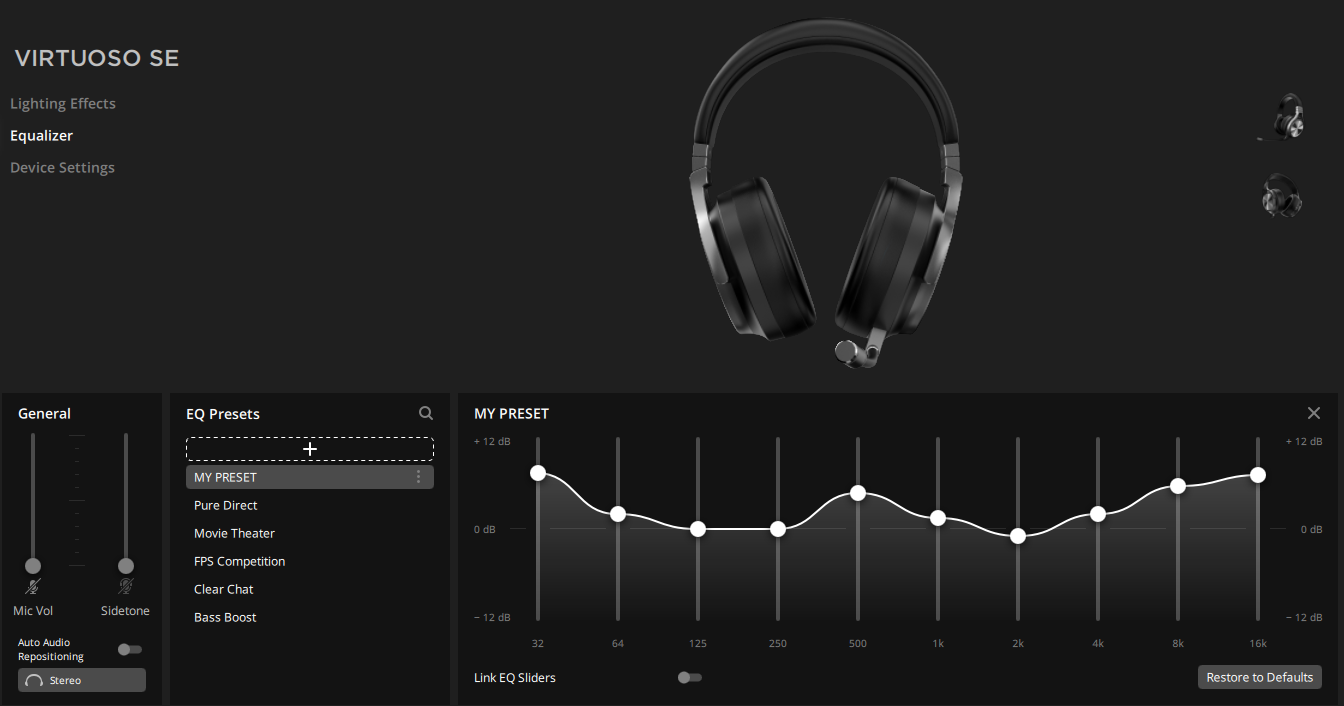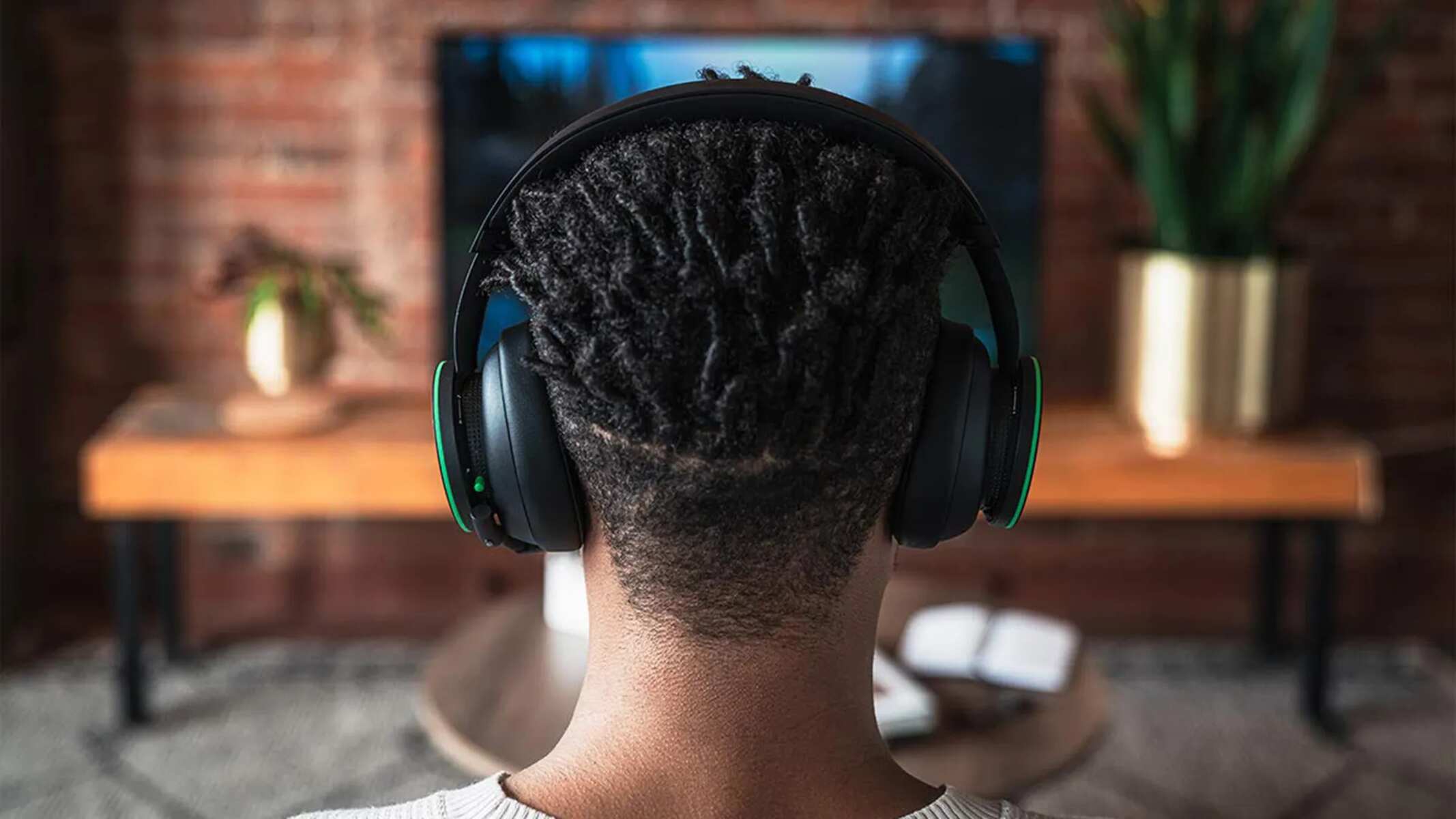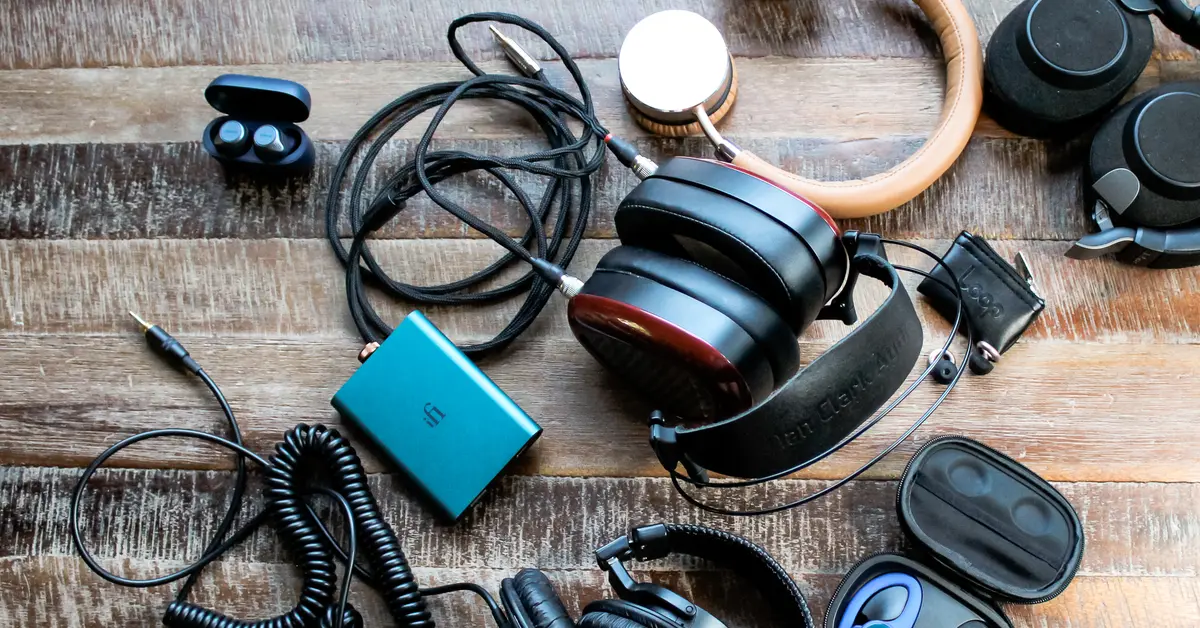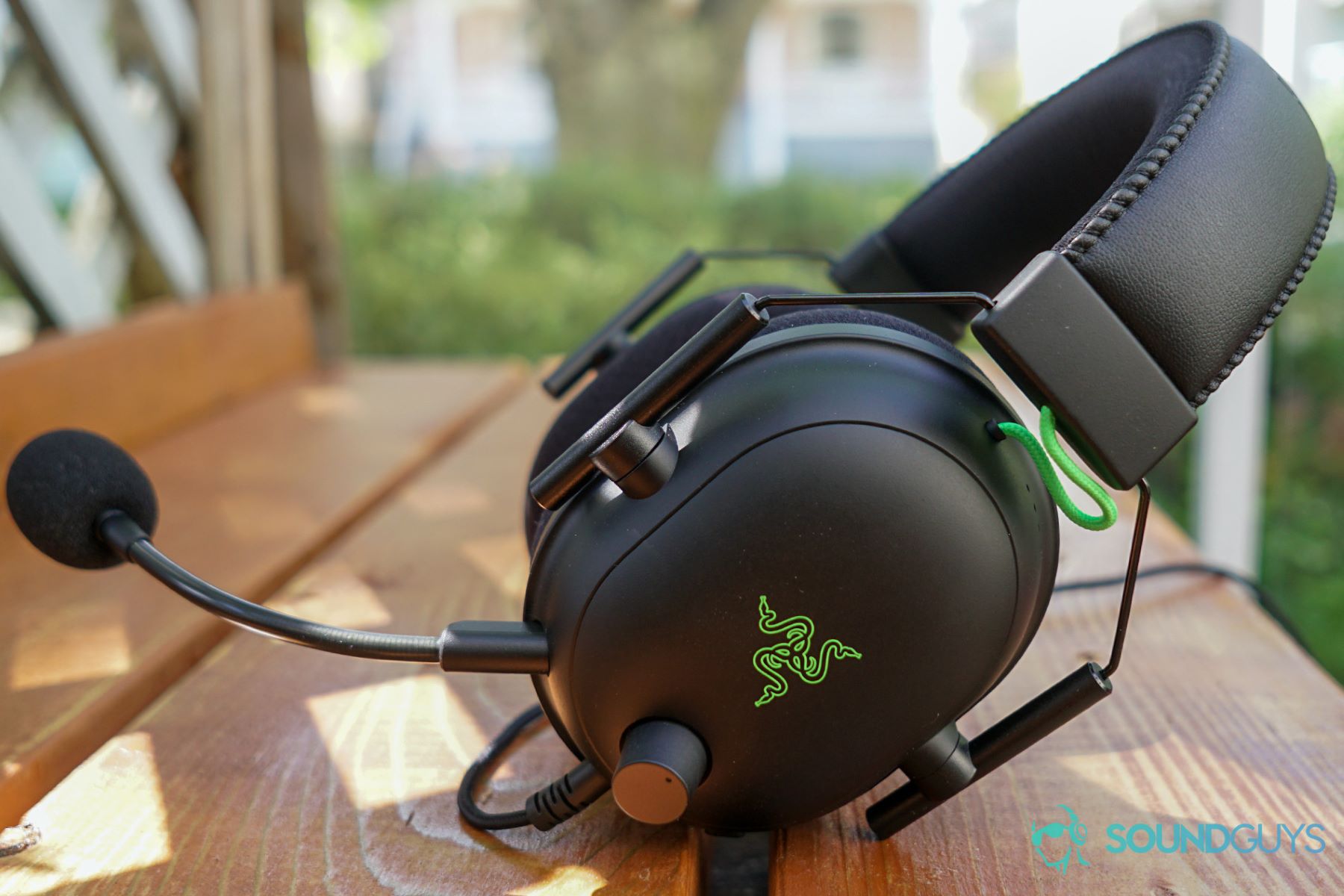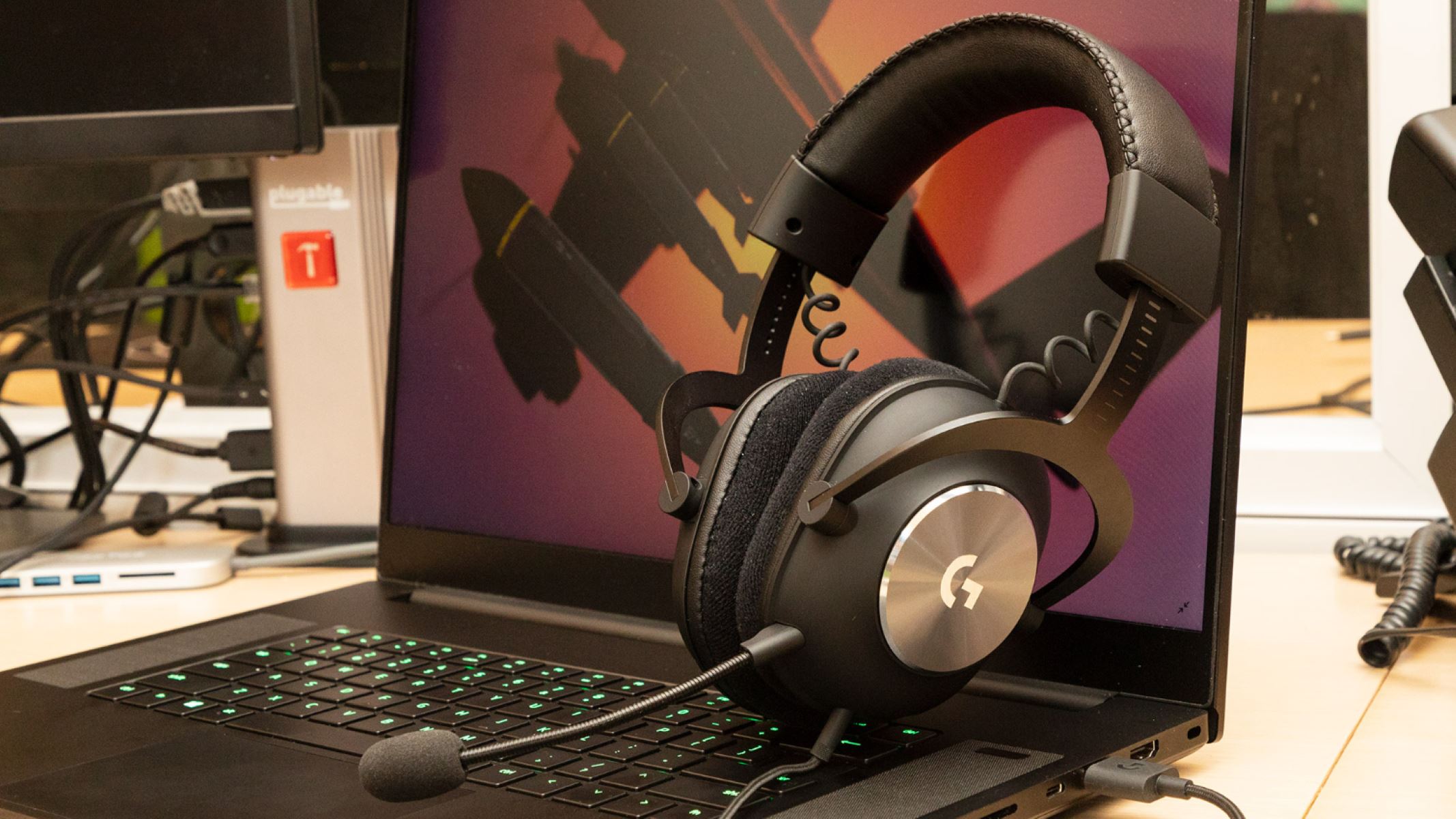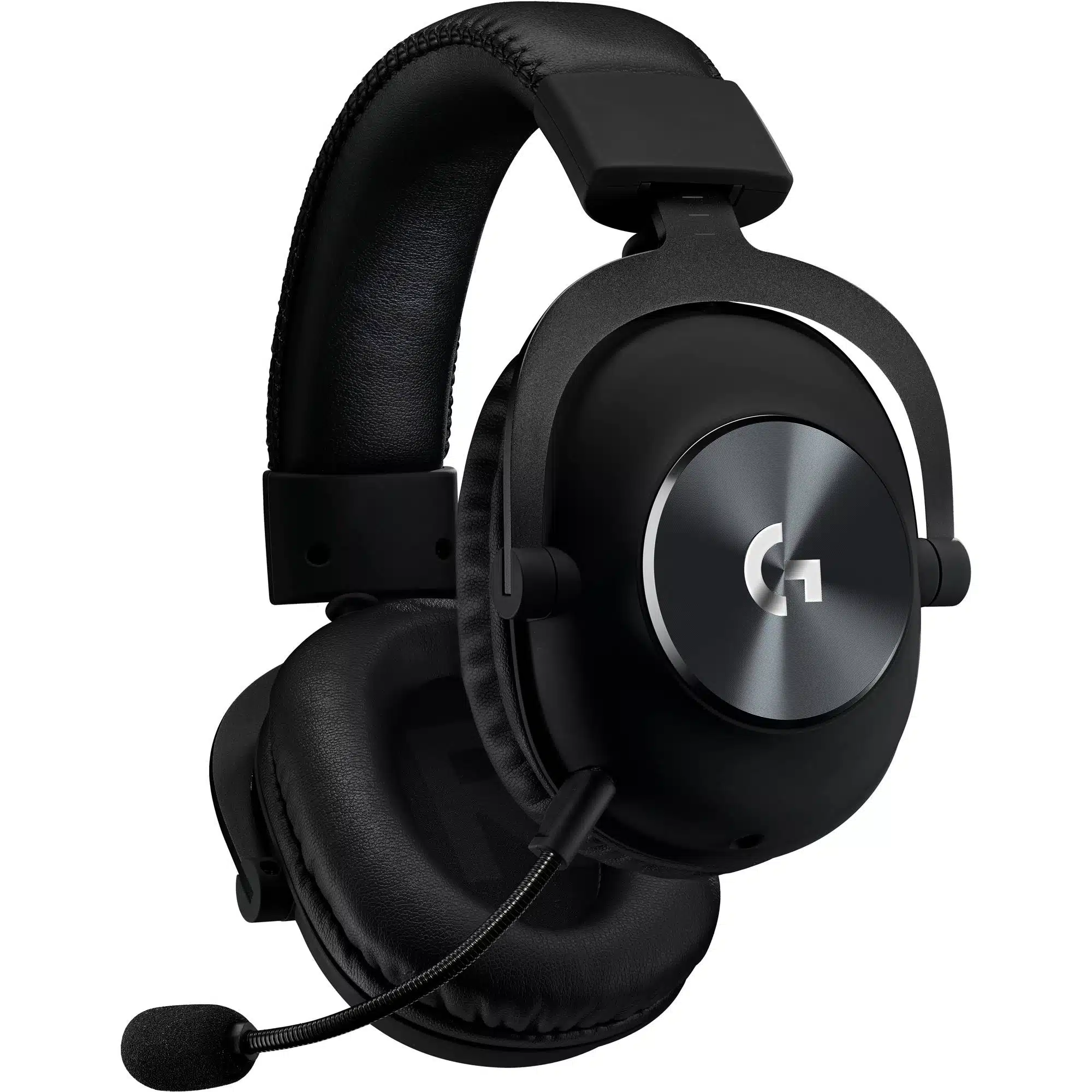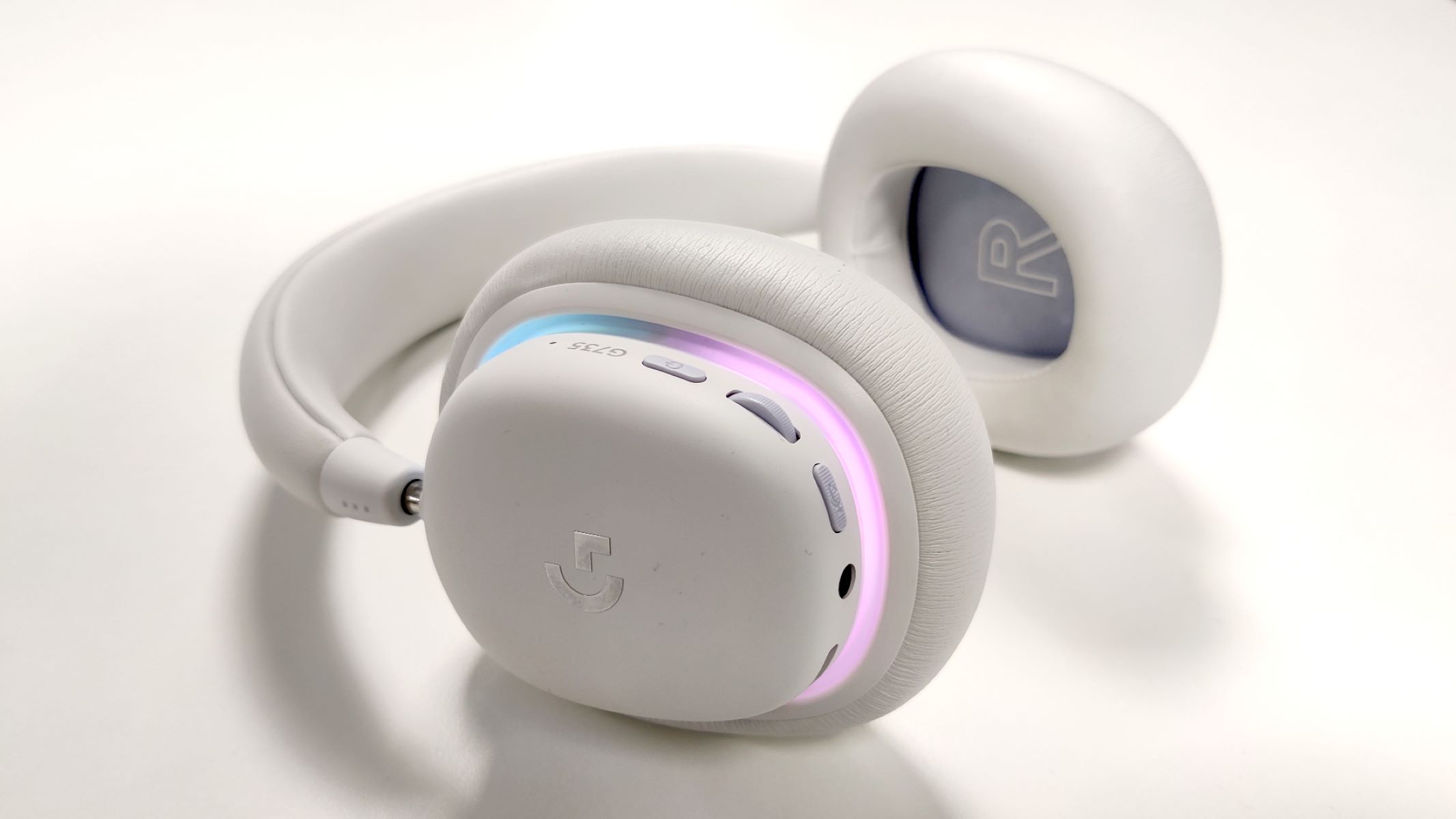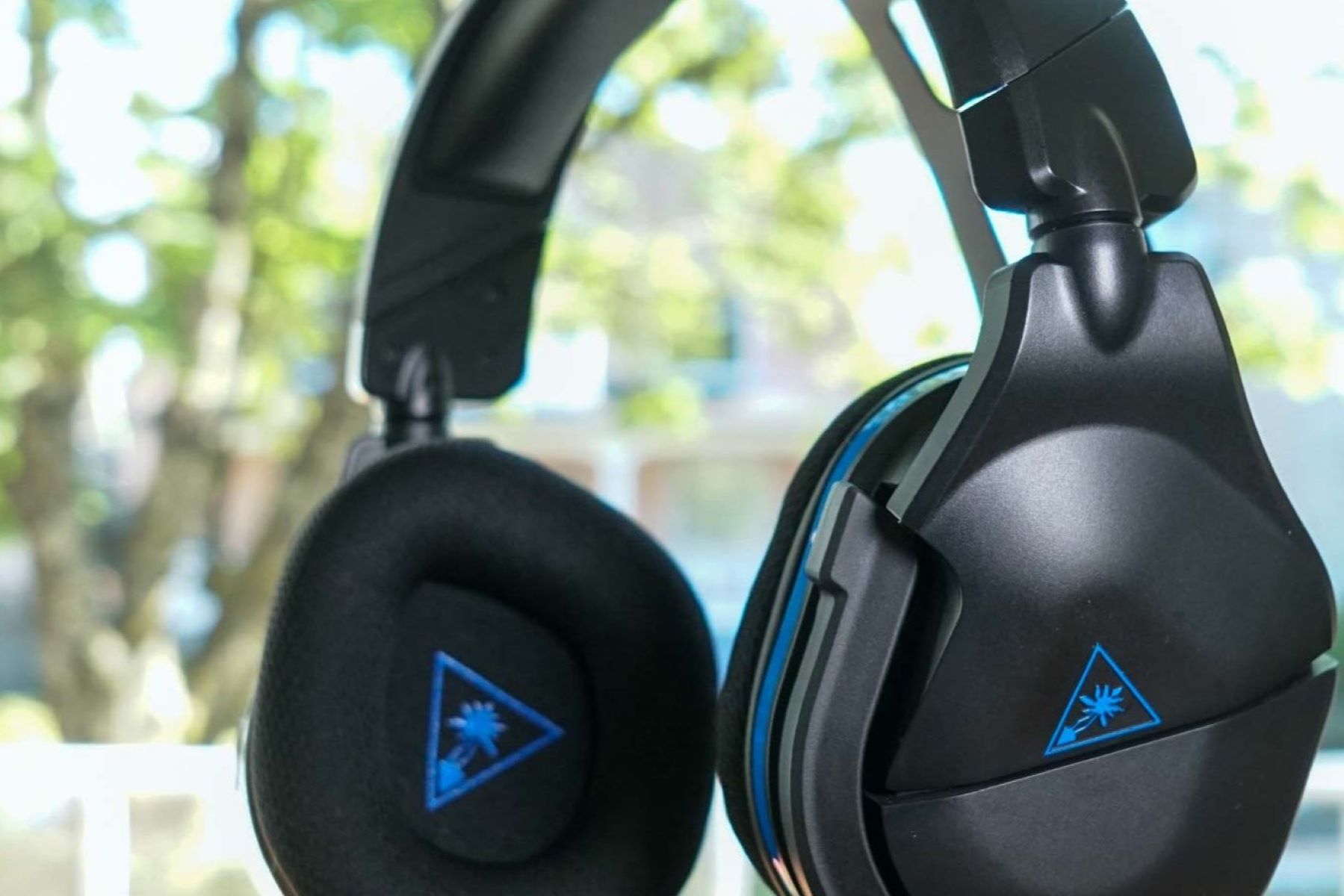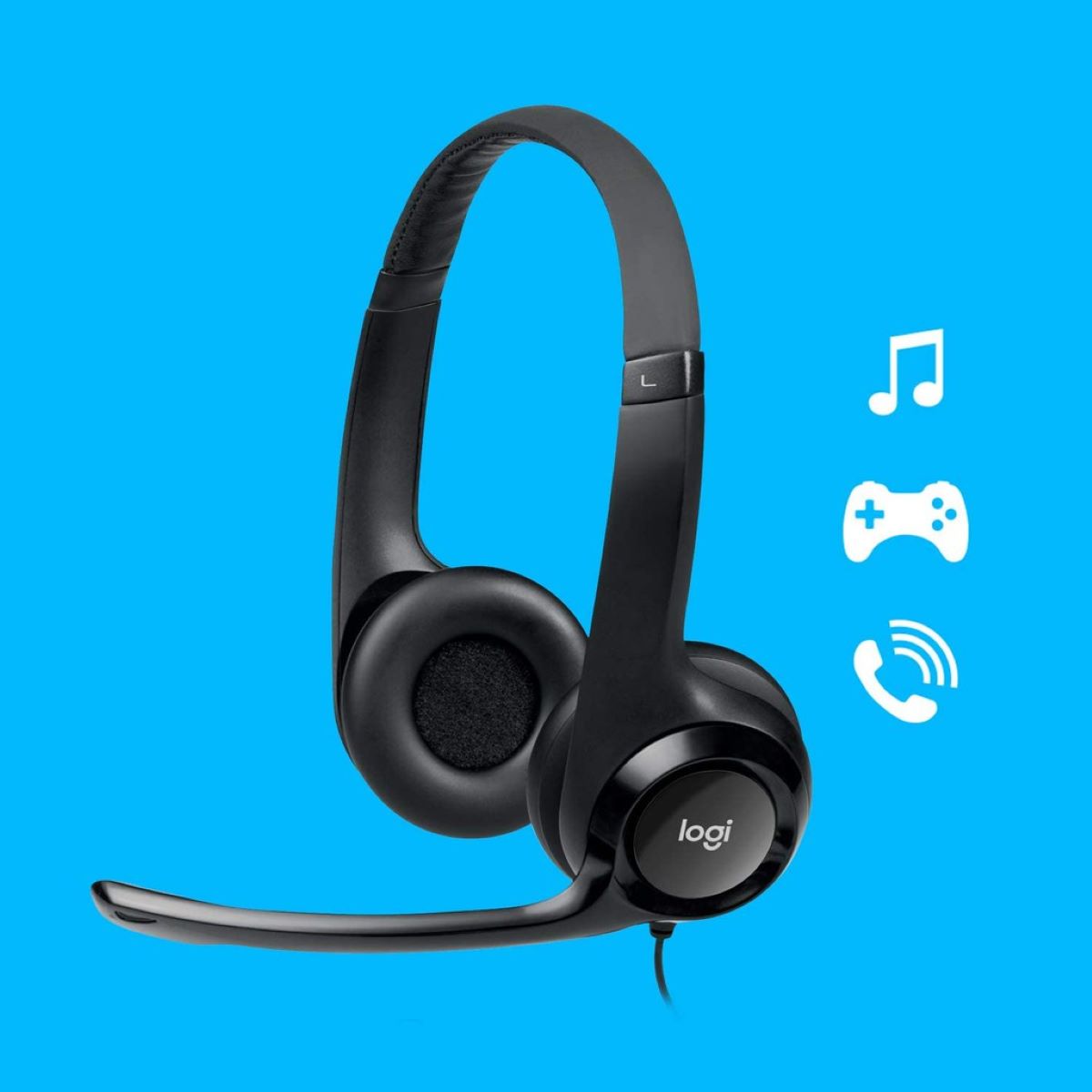Introduction
Welcome to the immersive world of gaming, where every sound and detail can make a difference in your gaming experience. As a gamer, you understand the crucial role that audio plays in creating a truly captivating and realistic gaming environment. Whether you’re navigating through the intense battlefields of first-person shooters, exploring the vast landscapes of open-world adventures, or engaging in strategic teamwork in multiplayer games, the audio quality delivered through your gaming headset can significantly impact your performance and overall enjoyment.
In the realm of gaming audio, the concept of equalization, commonly referred to as EQ, holds immense significance. EQ allows you to fine-tune the audio output of your gaming headset, enabling you to customize the sound to your preferences and optimize it for different game genres. By understanding and effectively implementing EQ settings, you can elevate your gaming experience to new heights, immersing yourself in rich, dynamic soundscapes that complement the visual splendor of the games you play.
This guide is designed to equip you with the knowledge and techniques to best EQ your gaming headset, empowering you to harness the full potential of your audio hardware and elevate your gaming experience. From understanding the fundamentals of EQ to optimizing settings for specific game genres, this comprehensive resource will provide you with valuable insights and practical tips to help you achieve the perfect audio balance for your gaming endeavors.
So, grab your headset, prepare to delve into the intricacies of audio customization, and get ready to unlock a whole new dimension of gaming immersion through the art of EQ. Let’s embark on this sonic journey together and delve into the realm of gaming audio optimization.
Understanding EQ and its Importance for Gaming Headsets
Equalization, or EQ, is a fundamental aspect of audio processing that involves adjusting the balance of different frequencies within a sound signal. In the context of gaming headsets, EQ allows you to modify the audio output by boosting or attenuating specific frequency bands, thereby shaping the overall sonic characteristics to suit your preferences. Understanding the role of EQ and its significance for gaming headsets is essential for optimizing your audio experience.
One of the primary reasons EQ is crucial for gaming headsets is its ability to enhance the clarity and detail of in-game audio. By adjusting the EQ settings, you can emphasize certain frequencies that are essential for detecting subtle environmental cues, such as footsteps, distant gunfire, or environmental effects. This level of customization can provide a competitive edge in multiplayer games, as it allows you to pinpoint crucial auditory information more effectively, giving you a tactical advantage in intense gaming scenarios.
Furthermore, EQ empowers you to tailor the sound profile of your gaming headset to complement the specific characteristics of different game genres. For instance, in fast-paced action games, you may want to emphasize the mid-range frequencies to accentuate the impact of explosions and weapon fire, while in atmospheric exploration games, boosting the low-end frequencies can enrich the depth of ambient soundscapes. By understanding how EQ influences the sonic attributes of different genres, you can create a more immersive and engaging audio backdrop for your gaming experiences.
Moreover, EQ can compensate for the limitations of gaming headset hardware and address personal preferences in audio reproduction. Not all gaming headsets deliver a perfectly balanced audio output out of the box, and EQ provides a means to correct any deficiencies or enhance specific sonic aspects that are important to you. Whether it’s adjusting the bass response for a more impactful low-end presence or fine-tuning the treble for crisper high-frequency details, EQ grants you the flexibility to tailor the audio output according to your sonic preferences.
As you delve deeper into the realm of gaming audio customization, it becomes evident that EQ is not merely a technical adjustment, but a powerful tool that empowers you to sculpt the sonic landscape of your gaming experiences. By understanding the intricacies of EQ and its relevance for gaming headsets, you can embark on a journey of audio optimization that elevates the immersive potential of every game you play.
Choosing the Right EQ Settings for Your Gaming Headset
When it comes to optimizing the audio output of your gaming headset, selecting the right EQ settings is a pivotal step in achieving the desired sonic profile. While the ideal EQ configuration can be subjective and influenced by personal preferences, there are fundamental considerations to keep in mind when choosing the right settings for your gaming headset.
First and foremost, it’s essential to familiarize yourself with the frequency bands that comprise the EQ spectrum. Commonly, EQ settings encompass the low, mid, and high frequencies, each playing a distinct role in shaping the audio output. Understanding the sonic characteristics associated with each frequency range can guide your decision-making process when adjusting the EQ settings to achieve the desired tonal balance.
When fine-tuning the EQ for your gaming headset, consider the sonic attributes that are crucial for an immersive gaming experience. For instance, in action-packed games where explosive sound effects and impactful gunfire are prevalent, boosting the mid-range frequencies can heighten the intensity of these auditory elements, adding a visceral dimension to the gameplay. Conversely, in narrative-driven or atmospheric games, adjusting the low-end frequencies to enhance ambient sounds and environmental details can enrich the overall sonic tapestry, drawing you deeper into the game world.
Another factor to consider when choosing EQ settings is the sonic signature of your gaming headset. Different headset models exhibit varying audio characteristics, such as bass response, treble clarity, and overall tonal balance. Understanding the inherent sonic traits of your headset can guide your EQ adjustments, allowing you to either accentuate its strengths or compensate for any perceived weaknesses in the audio reproduction.
Furthermore, it’s advisable to experiment with different EQ presets or manually adjust the settings while actively gaming, as this hands-on approach can provide valuable insights into how specific EQ configurations impact your gaming experience. By listening to various in-game audio elements and assessing how they are influenced by different EQ settings, you can iteratively refine the configuration to align with your sonic preferences and the demands of the games you play.
Ultimately, choosing the right EQ settings for your gaming headset is a dynamic and personalized process that involves understanding the sonic characteristics of your headset, considering the sonic requirements of different game genres, and iteratively fine-tuning the EQ to achieve an audio profile that resonates with your gaming preferences. With a thoughtful and informed approach to EQ selection, you can unlock the full potential of your gaming headset, immersing yourself in rich, dynamic audio landscapes that enhance every gaming adventure.
Adjusting EQ Settings for Different Game Genres
As you delve into the diverse realms of gaming, you’ll encounter a myriad of genres, each with its unique audio characteristics and sonic requirements. Tailoring the EQ settings of your gaming headset to align with the specific attributes of different game genres can significantly enhance the immersive quality of the audio experience, enriching the gameplay and complementing the visual elements with finely tuned sonic landscapes.
For fast-paced action games characterized by intense combat and explosive sound effects, adjusting the EQ settings to emphasize the mid-range frequencies can heighten the impact of weapon fire, explosions, and other critical auditory cues. By amplifying the mid-range, you can enhance the clarity and presence of these elements, allowing you to react swiftly and decisively to in-game events, thereby elevating your competitive edge in high-stakes gaming scenarios.
In atmospheric and exploration-driven game genres, such as adventure and role-playing games, the EQ settings can be tailored to enrich the low-end frequencies, enhancing the depth and resonance of ambient soundscapes, environmental effects, and atmospheric audio elements. By accentuating the low frequencies, you can immerse yourself in the evocative audio environments that define these game genres, heightening the sense of presence and immersion as you traverse captivating virtual worlds.
Strategic and tactical games benefit from EQ adjustments that prioritize clarity and detail across the frequency spectrum. Fine-tuning the EQ to maintain a balanced representation of low, mid, and high frequencies can ensure that critical in-game audio cues, such as footsteps, environmental interactions, and tactical communications, are rendered with precision and clarity, empowering you to make informed decisions and strategic maneuvers based on auditory information.
Furthermore, narrative-driven games with a strong emphasis on storytelling and emotional engagement can benefit from EQ settings that accentuate the mid and high frequencies, enriching dialogue, musical scores, and ambient details to evoke a compelling and emotionally resonant audio backdrop that complements the narrative depth and thematic elements of the game.
By adapting the EQ settings of your gaming headset to align with the sonic requirements of different game genres, you can elevate the immersive potential of each gaming experience, ensuring that the audio landscape seamlessly integrates with the visual elements to create a cohesive and captivating sensory journey. The art of adjusting EQ settings for different game genres empowers you to craft a personalized and finely tuned audio experience that enhances your enjoyment and engagement across a diverse spectrum of gaming adventures.
Tips for Fine-Tuning Your Gaming Headset EQ
Fine-tuning the EQ settings of your gaming headset is a dynamic process that requires a thoughtful and iterative approach to achieve the optimal sonic balance. Whether you’re aiming to enhance the impact of in-game audio cues, compensate for the sonic characteristics of your headset, or tailor the audio profile to specific game genres, the following tips can guide you in refining your EQ settings to elevate your gaming audio experience.
- Experiment with Predefined EQ Presets: Many gaming headsets offer predefined EQ presets tailored for different game genres or audio profiles. Experimenting with these presets can provide valuable insights into how specific EQ configurations influence the sonic characteristics of games, allowing you to identify settings that align with your preferences and the demands of different gaming experiences.
- Utilize In-Game Audio Calibration Tools: Some games feature built-in audio calibration tools that enable you to adjust the audio settings, including EQ, to suit your preferences. Take advantage of these tools to fine-tune the EQ settings while actively playing the game, allowing you to make real-time adjustments based on the audio nuances encountered during gameplay.
- Consider the Acoustic Environment: The acoustic environment in which you game can impact the perceived audio characteristics. If you primarily game in a quiet, controlled environment, your EQ settings may differ from those used in a louder or more acoustically dynamic setting. Adjusting the EQ to accommodate the acoustic environment can optimize the audio experience for your gaming environment.
- Iteratively Refine EQ Settings: Fine-tuning EQ settings is an iterative process that may require multiple adjustments to achieve the desired sonic profile. Listen attentively to various in-game audio elements, such as dialogue, environmental effects, and combat sounds, while making incremental changes to the EQ settings, allowing you to discern how each adjustment influences the overall audio experience.
- Consult Community Recommendations: Gaming communities and forums often share EQ settings and audio optimization tips for specific games or headset models. Exploring community recommendations and insights can provide valuable guidance in refining your EQ settings to align with the sonic requirements of popular games and genres.
- Take Note of Personal Preferences: Your individual sonic preferences and sensitivities play a crucial role in EQ customization. Pay attention to the specific sonic attributes that resonate with you, whether it’s a preference for pronounced bass, detailed treble, or a balanced tonal representation, and adjust the EQ settings to reflect your personal sonic inclinations.
By incorporating these tips into your approach to fine-tuning your gaming headset EQ, you can navigate the intricacies of audio customization with confidence and precision, ensuring that the sonic landscape of your gaming experiences aligns harmoniously with your preferences and the diverse audio demands of the games you play.
Conclusion
As you embark on the journey of optimizing the EQ settings for your gaming headset, you delve into a realm where audio customization becomes a powerful tool for enhancing your gaming experiences. The art of EQ empowers you to sculpt the sonic landscape, shaping the audio output to align with your preferences and the diverse sonic requirements of different game genres.
By understanding the fundamental role of EQ and its significance for gaming headsets, you gain insight into the transformative potential of audio customization. EQ allows you to amplify critical in-game auditory cues, enrich environmental soundscapes, and tailor the sonic profile to complement the distinct characteristics of various game genres, thereby elevating the immersive quality of your gaming experiences.
Choosing the right EQ settings for your gaming headset involves a thoughtful consideration of the sonic attributes of your headset, the demands of different game genres, and your personal sonic preferences. Through experimentation, iterative refinement, and an attentive approach to audio customization, you can achieve an optimal EQ configuration that enhances the audio immersion and complements the visual splendor of the games you play.
As you fine-tune the EQ settings, remember that the sonic landscape is a dynamic and personalized canvas, shaped by your preferences, gaming environment, and the diverse audio characteristics of the games you immerse yourself in. Embrace the art of EQ customization as a means to unlock the full potential of your gaming headset, allowing you to experience gaming audio in a rich, detailed, and captivating manner that resonates with your individual preferences and the immersive demands of the gaming worlds you explore.
So, armed with the knowledge, tips, and insights shared in this guide, venture forth into the realm of gaming audio optimization with confidence and enthusiasm. Let the art of EQ become your ally in crafting immersive sonic experiences that elevate every gaming adventure to new heights of audio excellence and engagement.







